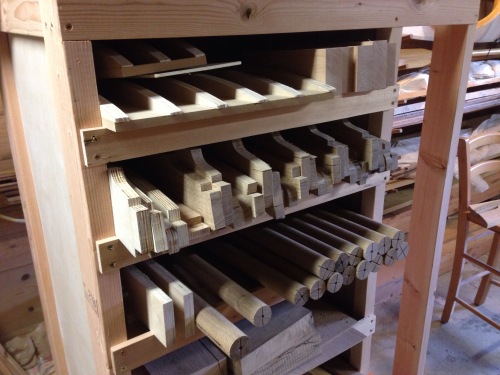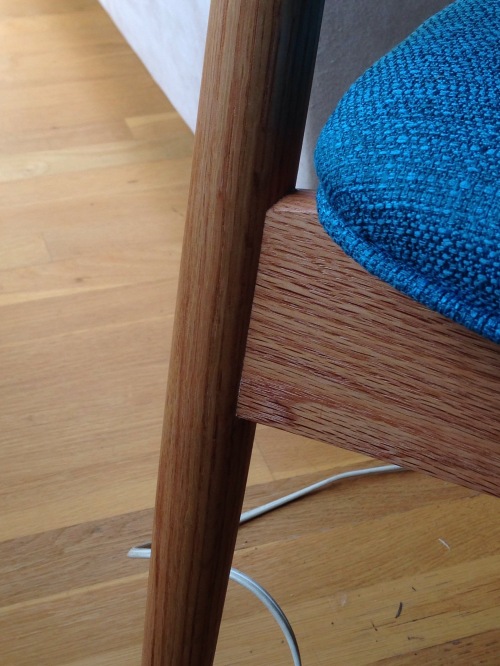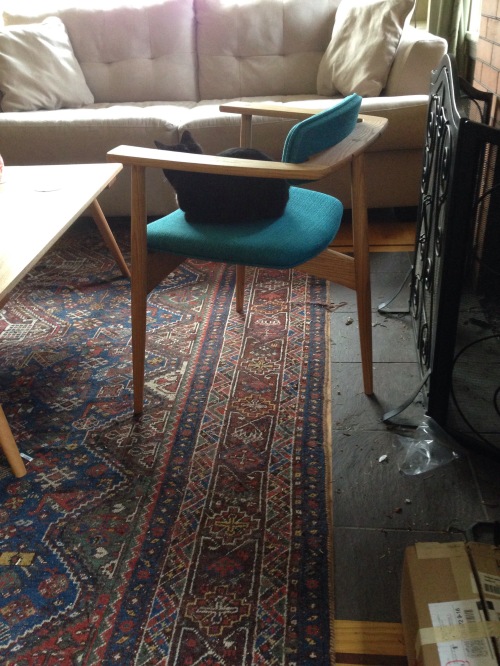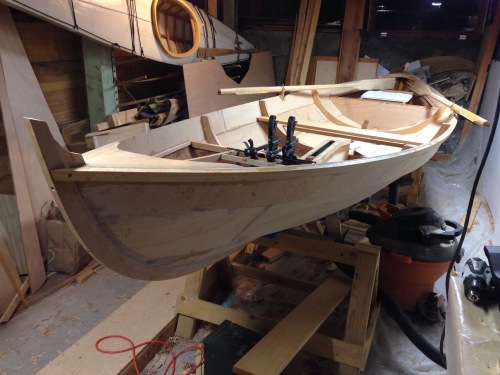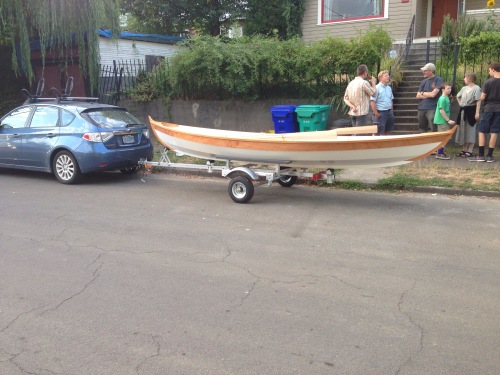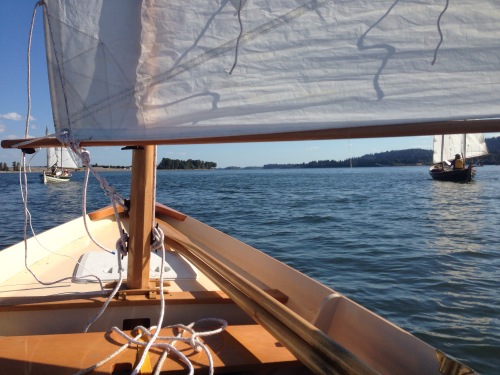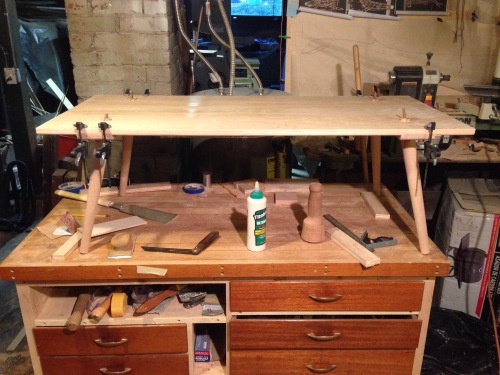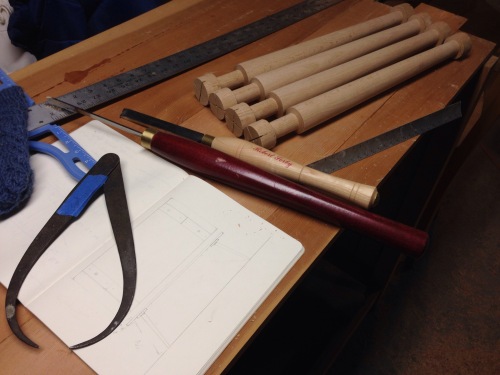Several weeks ago I first wrote about gender in woodworking, and its a subject I’ve continued thinking about.
Soon after my post several weeks ago I found myself talking with an teacher I had in middle school. I’ve been substitute teaching for the woodshop teacher I had as a kid for a couple of years, and it’s always fun to reconnect with my old teachers. This teacher in particular started off teaching computer science and had many of the same difficulties that are present in shop classes: a lack of women. When he first started teaching, even when he explicitly worked to recruit young women for computer science or shop classes, through some set of forces they are still choosing not to take them. Perhaps their parents are not encouraging them to take these classes, or perhaps stereotypes surrounding gender roles are playing their part, or perhaps there are simply fewer role models in these fields for them to look up to. He had some success at increasing the number of female student through actively polling female students for what sorts of classes they were interested in taking, and he was able to increase the number of female students by offering courses that focused more on applications and graphic design. Thinking about polling female students may have its own set of issues related to some classes potentially being viewed as the female offerings, versus male offerings, but it is at least a step in the right direction as far as creating more balance withing the field and creating a path for people to test the waters in a field the might discover they really like, and might continue in. Regardless, the high school shop classes that I was teaching that week were exclusively male, and I haven’t had a female woodworking teacher since I was very young. It left me wondering if polling female students for what sort of woodworking class they might be interested in taking could be a strategy to increase the number of female woodworkers.
I suppose one of the reasons this issue is so important to me is that woodworking has been such an empowering and positive force in my life. Its hard to imagine that if I had been born a woman there would have been forces working against my having it become such an important part of who I am. I’m not sure how to describe it exactly. There is the pride in being able to fix things which is important, but there is also something incredibly fulfilling about walking past and using furniture I have built on a daily basis. There is also something gratifying about being able to the things I have poured my creativity into with others. Building practical objects, and striving for the highest level of perfection while working with a material that is organic and imperfect while it also has so much warmth makes it a really unique craft. Its hard to imagine it not being open to all, without barriers or stereotypes to contend with.
As I started thinking about the woodworkers who have been most influential to my own work, they were all male. Perhaps foremost among those figures is the shop teacher I had from 4th grade through high school, a man named Tom Tucker. In furniture Hans Wegner, Wharton Esherick, George Nakashima, Sam Maloof, and Carlo Mollino immediately come to mind. Even the current woodworkers whose blogs I follow are almost all male: Christopher Shwarz, Peter Follansbee, Gary Rogowski, Chris Wong. At ADX, where the boat school is based out of and where I now rent a small amount of space for my personal woodworking, all spaces on the factory floor are rented by men despite the presence of many capable female woodworkers who use the space.
Its a small gesture, but one of my goals is to pay more attention to the female woodworkers I encounter and to share their work on this blog. Perhaps there may be a budding female woodworker who can find someone they can look up to through these efforts.
One story that seems particularly pertinent with the recent coming out of Bruce Jenner is that of Jennie Alexander, who was born John Alexander and transitioned several years ago. Her work can be seen at http://www.greenwoodworking.com/. Thanks to Marilyn over at She Works Wood for pointing me towards her work.
A local woodworker whose name came up in a conversation I had recently is Amanda Wall-Graf. I couldn’t say I know much about her, but looking at her website, it is clear that she does wonderful work. The craftsmanship (potentially problematic term. Is there an un-gendered alternative which isn’t overly combersome?) looks to be top-notch. Her aesthetic is modern, clean and elegant. Especially as someone with deep roots in the Pacific Northwest, I really appreciate her use of local materials. You can check out her work online at http://www.henoshop.com/products.
A broader resource to support the effort to support female woodworkers is the Women in Woodworking website. I haven’t perused all the resources they have available, but they have links to the websites of women doing everything from building medieval crossbows to relief carving to making fine furniture. There is a lot of high quality work represented on the site. Its worth a look-through.






